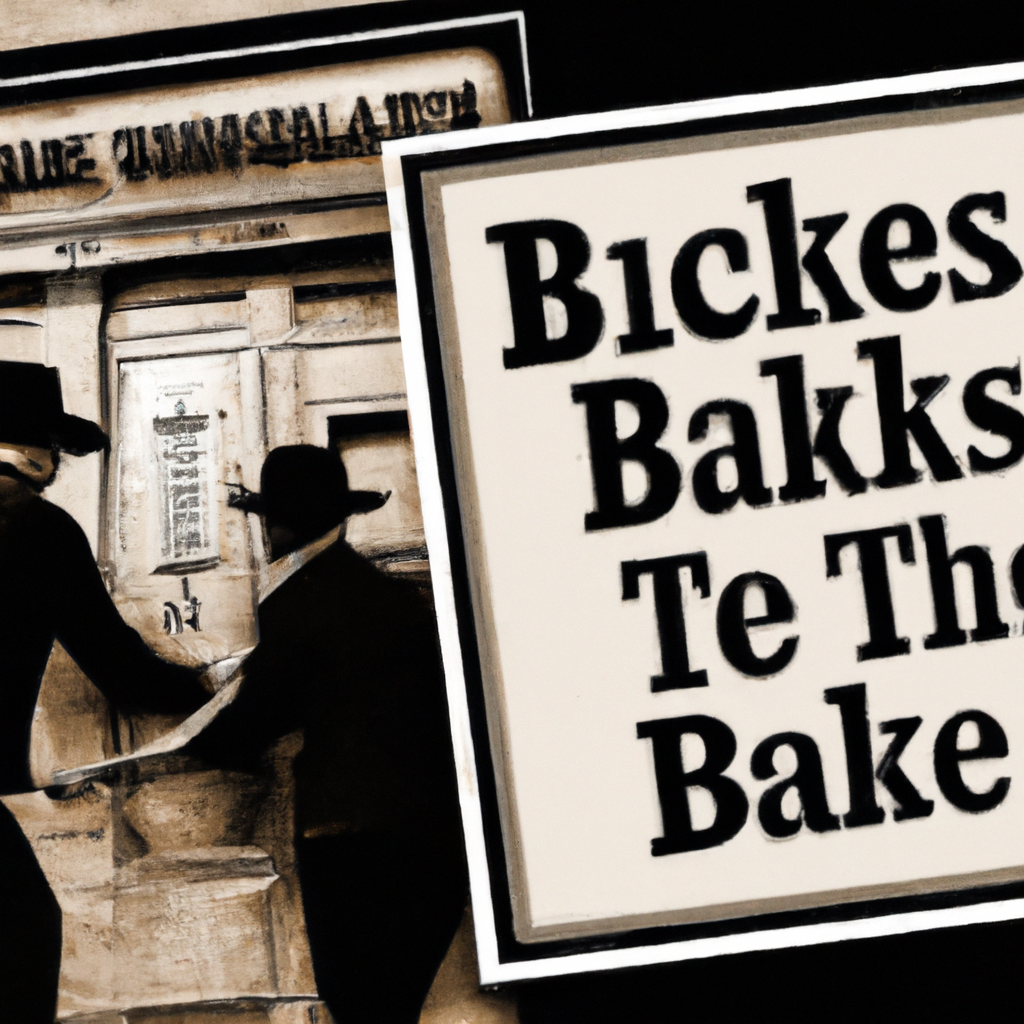Bank Robberies Through History: Tales of Infamous Heists and How Banks Have Responded
Bank robberies have long captivated the public’s imagination, often depicted as daring and thrilling escapades in popular culture. From the Wild West to modern times, numerous heists have left their mark on history while shaping the way banks secure their assets. In this article, we explore the tales of infamous bank robberies and how banks have responded to these audacious crimes.
The Great Train Robbery (1963)
One of the most famous bank robberies in history, immortalized in film, is the Great Train Robbery of 1963 in England. A gang of 15 men meticulously planned and executed the heist, targeting a Royal Mail train carrying cash. The robbers stormed the train, overpowering the crew, and made off with £2.6 million (equivalent to around £50 million today).
To prevent future heists, banks and law enforcement agencies collaborated to introduce security measures such as tamper-proof safes, increased police presence during cash transfers, and the establishment of specialized units to combat organized crime networks involved in bank robberies.
Learn more about the Great Train Robbery and its impact on banking security in this YouTube video.
The Baker Street Robbery (1971)
In 1971, a group of thieves in London attempted an audacious bank robbery at the Lloyds Bank on Baker Street. The gang rented a shop nearby and tunneled their way into the bank’s vault over a holiday weekend. They managed to escape with an estimated £3 million in cash and valuables, making it one of the most lucrative bank heists in British history.
The aftermath of this heist prompted banks to reinforce their security protocols, particularly regarding their physical infrastructure. The use of seismic sensors to detect tunneling, improved vault designs, and comprehensive alarm systems became common practice in bank security.
To get a closer look at the Baker Street Robbery, watch this fascinating YouTube video.
The Banco Central Burglary (2005)
In 2005, a gang in Brazil executed what is considered one of the most ingenious bank heists in history. The gang spent three months digging a 78-meter underground tunnel into the Banco Central’s vault in Fortaleza. They meticulously coordinated the robbery during a long holiday weekend, making off with an estimated $70 million in cash.
Following this high-profile heist, banks around the world were prompted to enhance their security measures. This included not only physical security enhancements but also a focus on cybersecurity, as technological advancements made online banking vulnerable to cybercriminals.
Witness the ingenuity of the Banco Central Burglary by watching this captivating YouTube video.
Modern Bank Robbery Countermeasures
In response to the ever-evolving tactics of bank robbers, banks now employ an array of sophisticated security measures to protect their assets. These include:
- High-definition CCTV systems
- Biometric access controls
- Explosive dye packs in cash
- Silent alarms directly linked to local law enforcement
- GPS tracking devices in high-value assets and cash bags
Most significantly, advancements in digital technology have led to the rise of online banking. While this offers convenience to customers, it has required banks to invest significantly in cybersecurity measures to protect against hacking attempts and identity theft.
Despite the advancements in security, bank robberies continue to occur, albeit less frequently and with reduced success rates. The cat-and-mouse game between robbers and banks continues, ensuring that the tales of these audacious crimes and the subsequent responses by banks will forever pique our curiosity.
We hope you found these tales of infamous bank robberies and how banks have responded both fascinating and eye-opening. For more captivating content, follow our blog!
